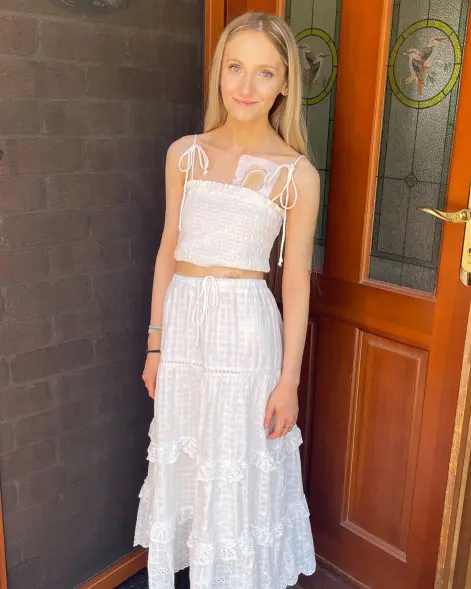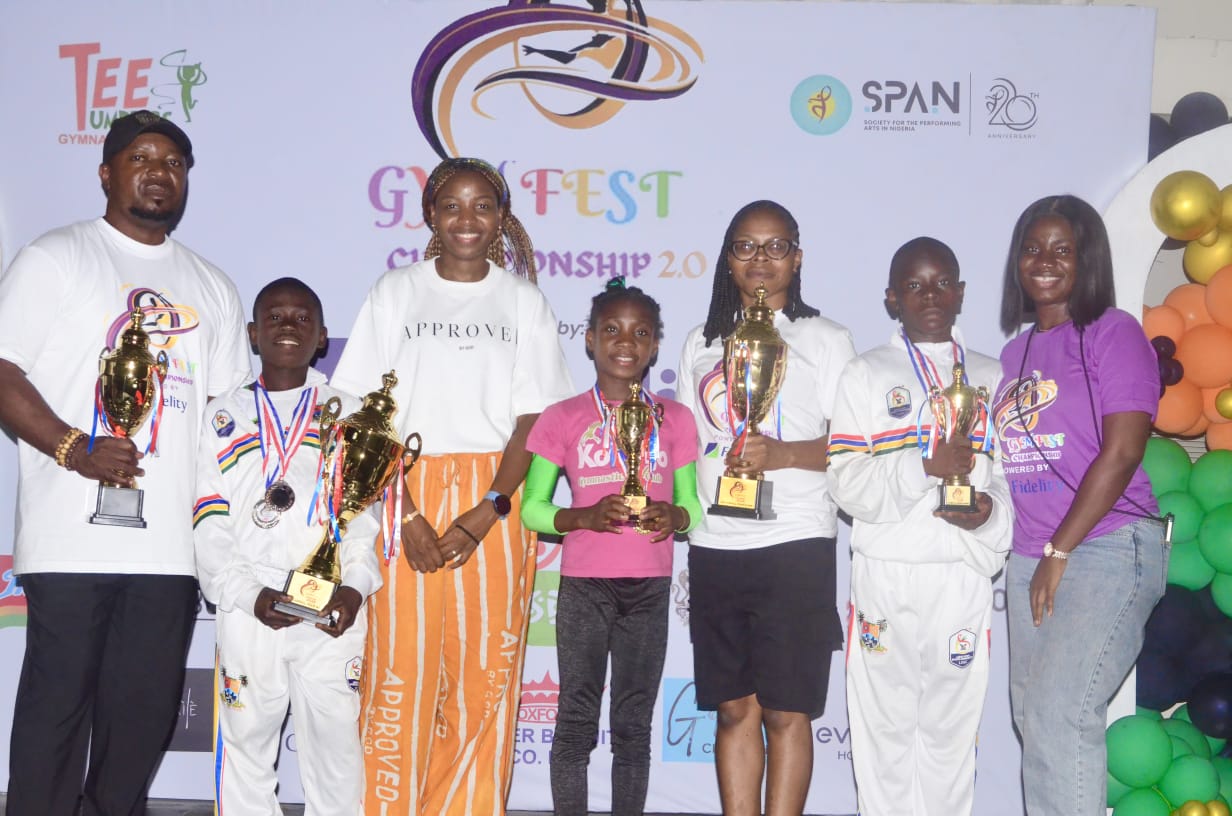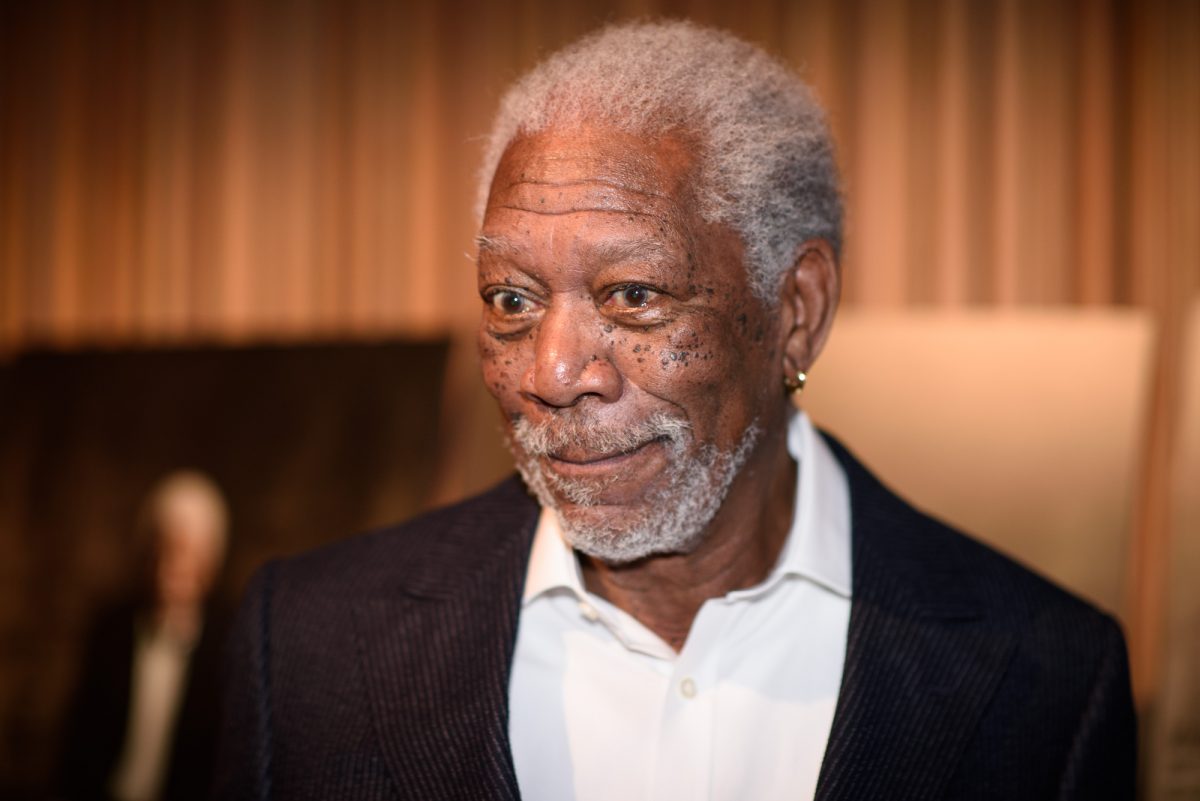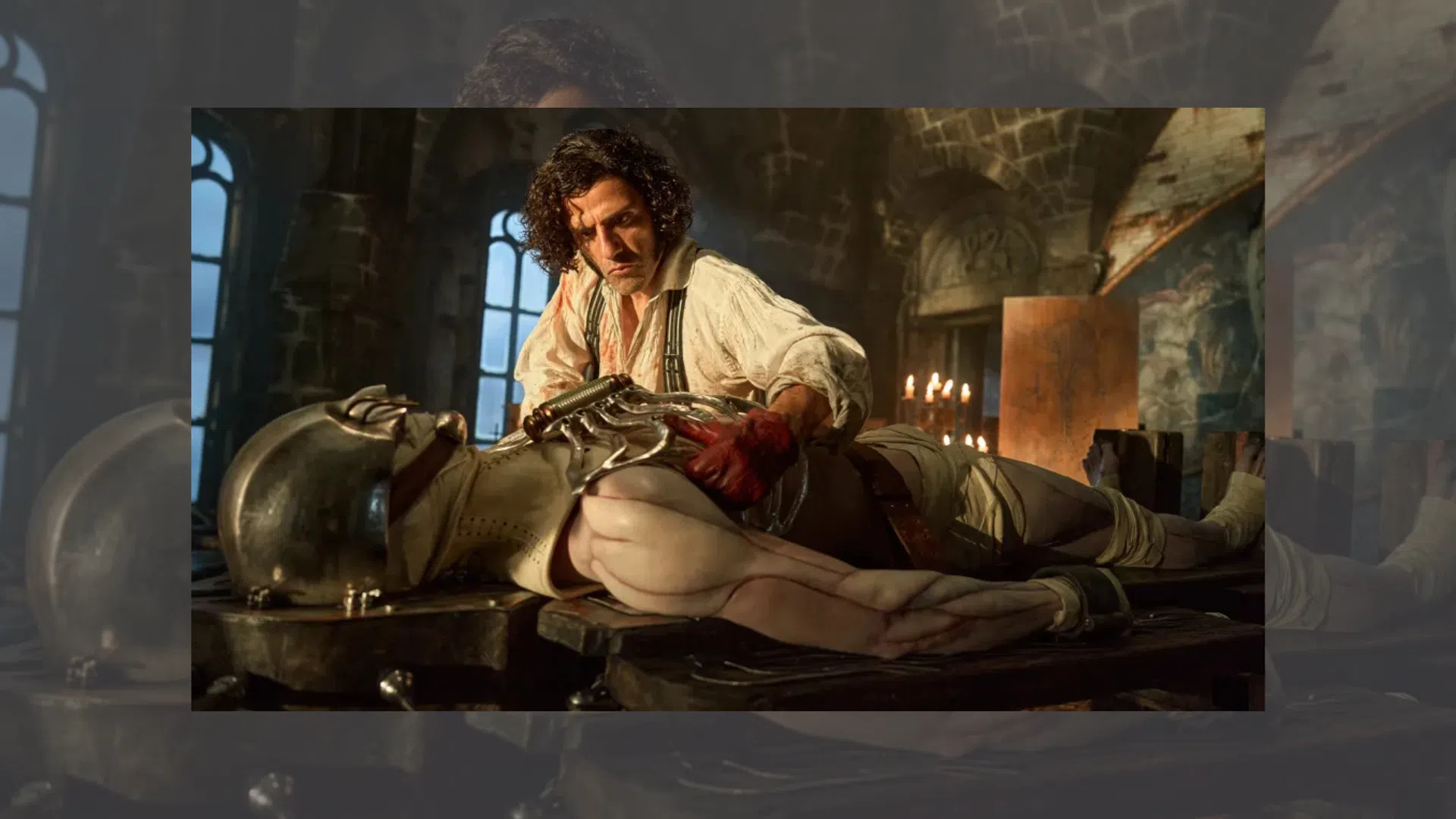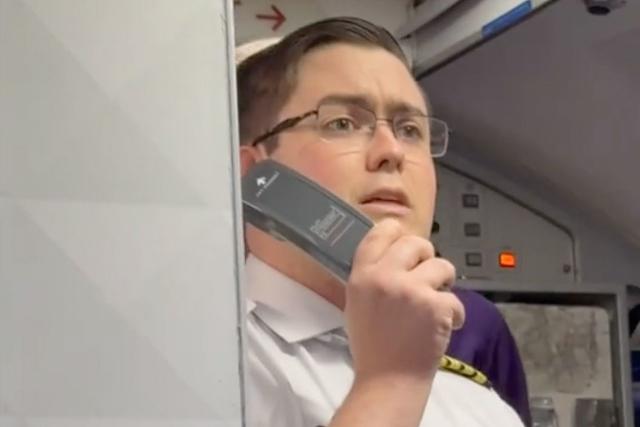A 25‑year‑old Australian woman, Annaliese Holland, has chosen to end her life through voluntary assisted dying (VAD) after battling a rare and terminal neurological illness since childhood.
Holland, who has lived with chronic pain, constant nausea, repeated vomiting, and a decade of IV feeding, revealed she has suffered since she was a child. Speaking to News.com.au, she explained that her condition stole her youth, mobility, and quality of life.
Lifelong Struggle With a Rare Autoimmune Disorder
Holland was diagnosed with autoimmune autonomic ganglionopathy — a rare autoimmune disease where the body attacks the nerves that control involuntary functions. Before doctors identified the illness, her bowels behaved as if they were blocked despite no physical obstruction.
Feeding tubes failed as she continued vomiting, prompting doctors to place her on total parenteral nutrition (TPN), a form of IV feeding that bypasses digestion. The treatment, while lifesaving, exposed her to repeated infections that often led to sepsis.
Holland revealed she has survived sepsis 25 times, calling it one of the most terrifying risks of her condition.
A Terminal Diagnosis at 22
After years of uncertainty, Holland finally received a diagnosis at 18. By 22, she was told her condition was terminal.
Her medications have caused severe osteoporosis, leaving her with four spinal fractures, a fractured sternum, and dangerous pressure on her heart and lungs. Despite moments of joy, she described her days as “exhausting and long,” filled with unrelenting pain.
Watching Life Move Forward Without Her
The young woman spent her 18th and 21st birthdays in the hospital, watching friends move on with careers, marriage, and family life.
“Everyone’s life is moving, and I’m just stuck. I’m not living. I’m surviving,” she said, comparing her daily experience to “walking on a field of landmines.”
She added, “No man wants to date someone dying, I get it.”
Choosing Voluntary Assisted Dying
Holland has now opted for voluntary assisted dying — a legal option in Australia for terminally ill patients who choose to end their suffering with dignity.
“Life for me now is waking up, taking medications, managing pain, and going back to bed. I don’t want this anymore,” she shared.
Her decision was emotionally difficult for her family. She recalled a moment with her father after being revived in the hospital.
“I said, ‘Dad, please let me go. I won’t hate you if you do.’”
After witnessing her suffering, her father ultimately understood her choice.
Following a mandatory three‑week assessment, Holland was approved for VAD — a moment she describes as bittersweet relief.
“I cried when I was approved. It’s strange to be happy, but I finally felt peace,” she said.
She acknowledged the emotional weight of her decision, knowing her family must process the pain of losing her.
“It’s one of the bravest things you can do — choosing VAD. It’s not giving up. I’ve fought hard, and I’ve had enough.”

